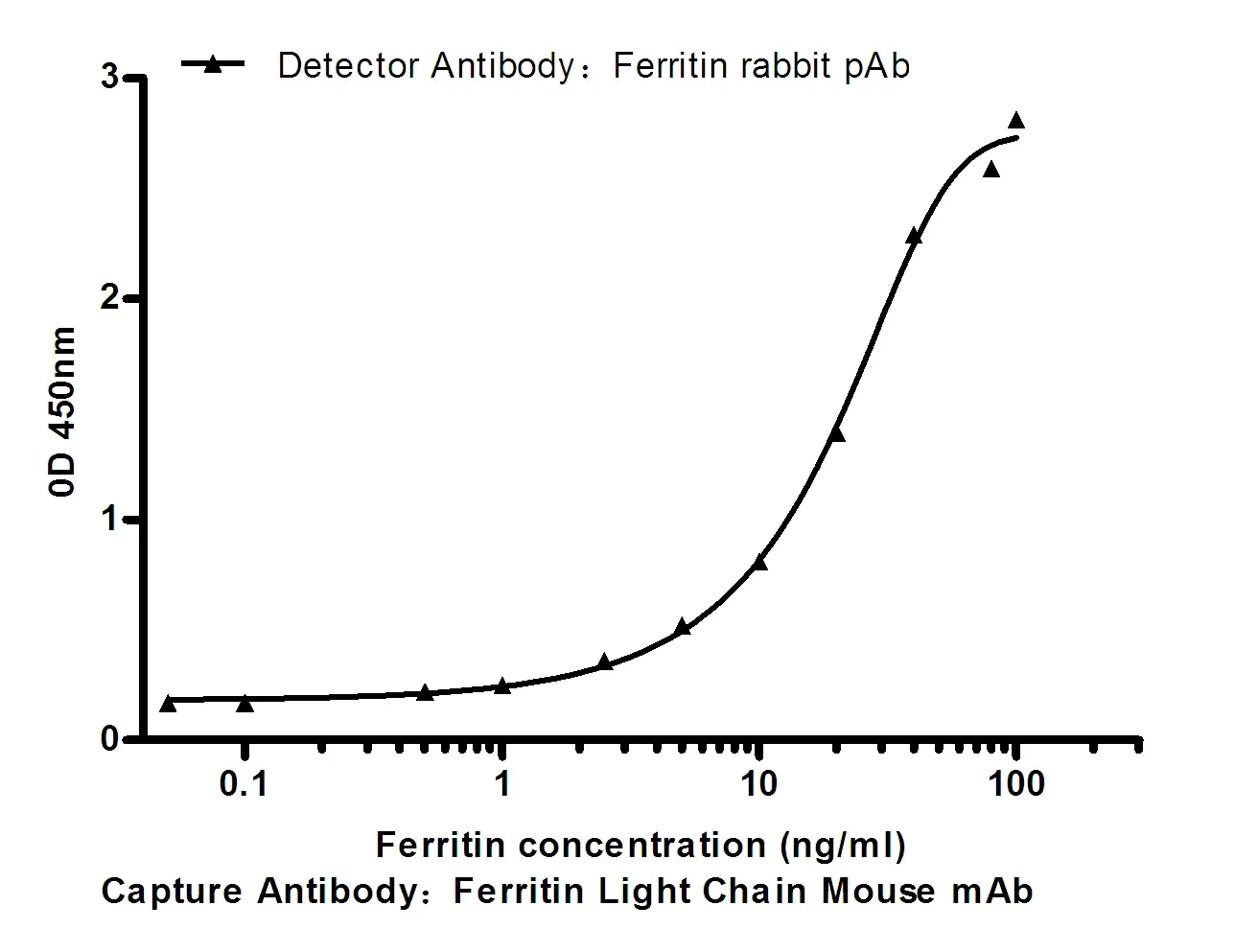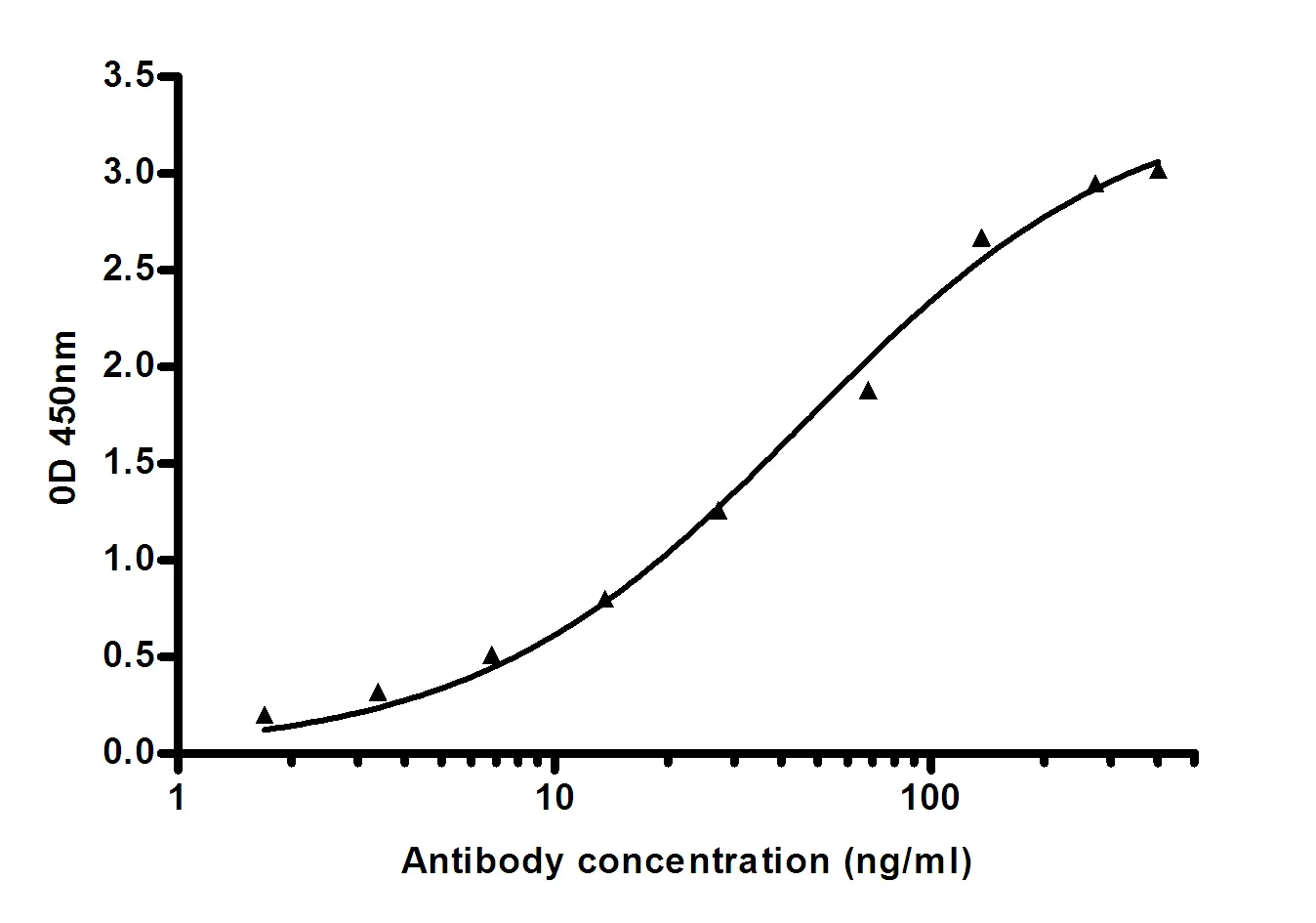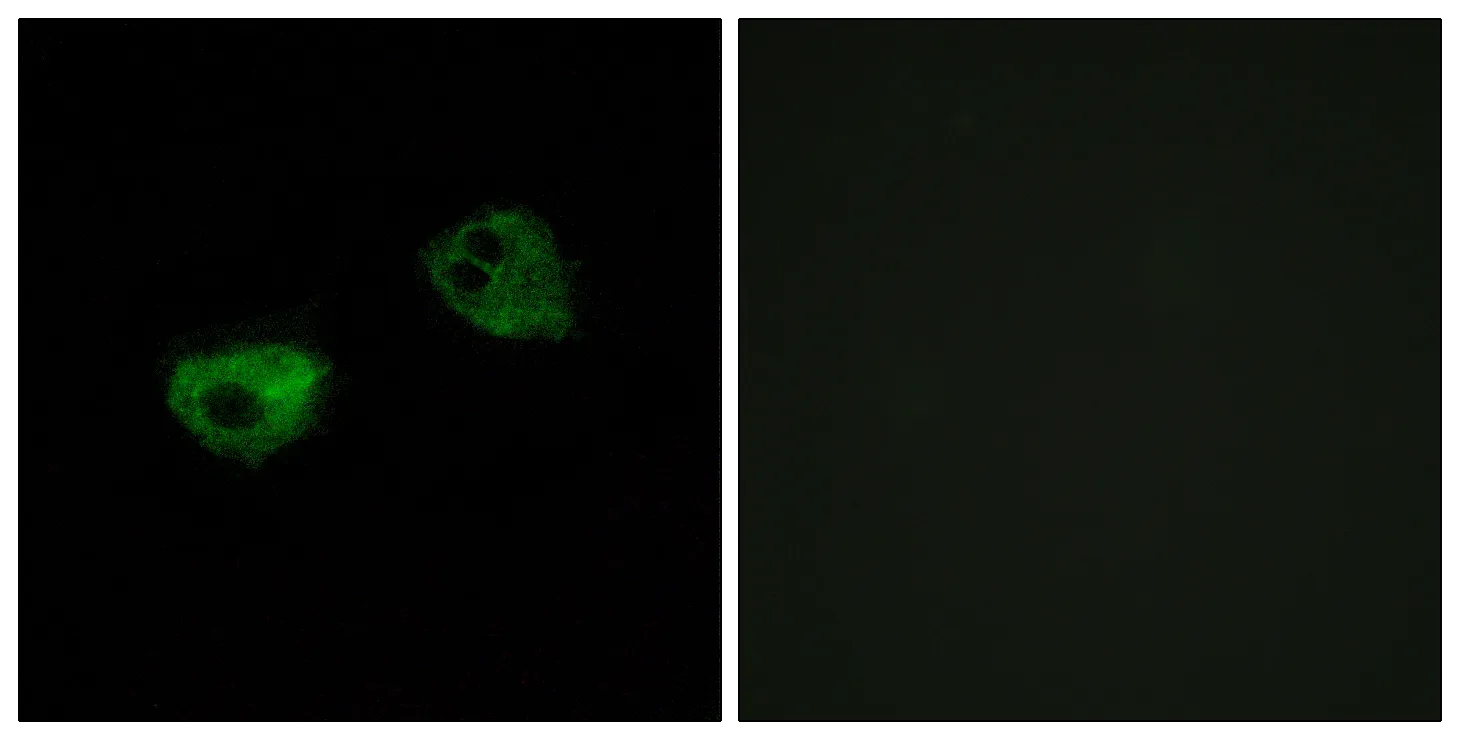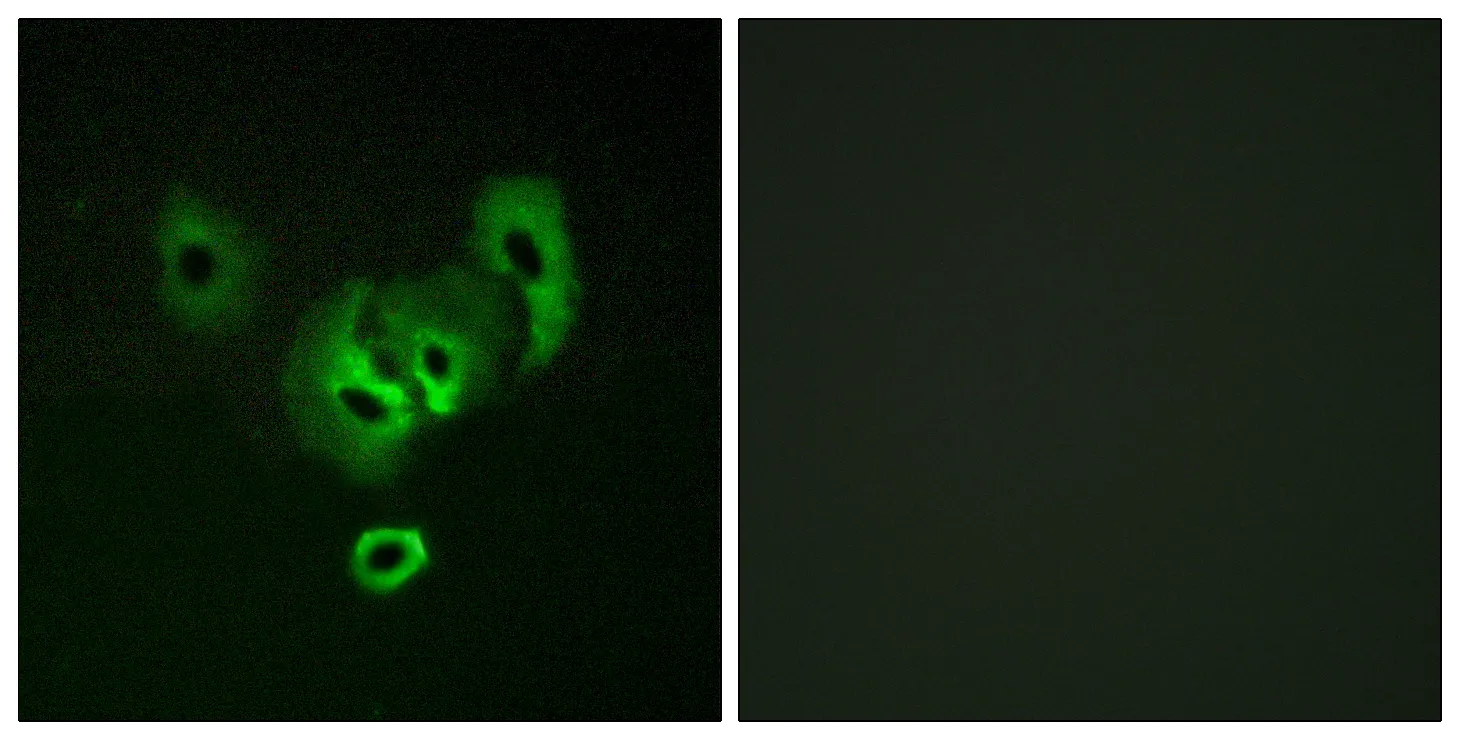Summary
Performance
Immunogen
Application
Background
This gene encodes a secreted ligand of the TGF-beta (transforming growth factor-beta) superfamily of proteins. Ligands of this family bind various TGF-beta receptors leading to recruitment and activation of SMAD family transcription factors that regulate gene expression. The encoded preproprotein is proteolytically processed to generate each subunit of the disulfide-linked homodimer. This protein suppresses osteoblast differentiation, and negatively regulates bone density, by modulating TGF-beta receptor availability to other ligands. [provided by RefSeq, Jul 2016],function:Negatively regulates bone density. Antagonizes the ability of certain osteogenic BMPs to induce osteoprogenitor differentitation and ossification.,induction:Highly expressed in fracture tissue, particularly in osteoblasts, osteoclasts and chondroblasts.,online information:Bone morphogenetic protein 3 entry,similarity:Belongs to the TGF-beta family.,subunit:Homodimer; disulfide-linked.,tissue specificity:Expressed in adult and fetal cartilage.,
Research Area




